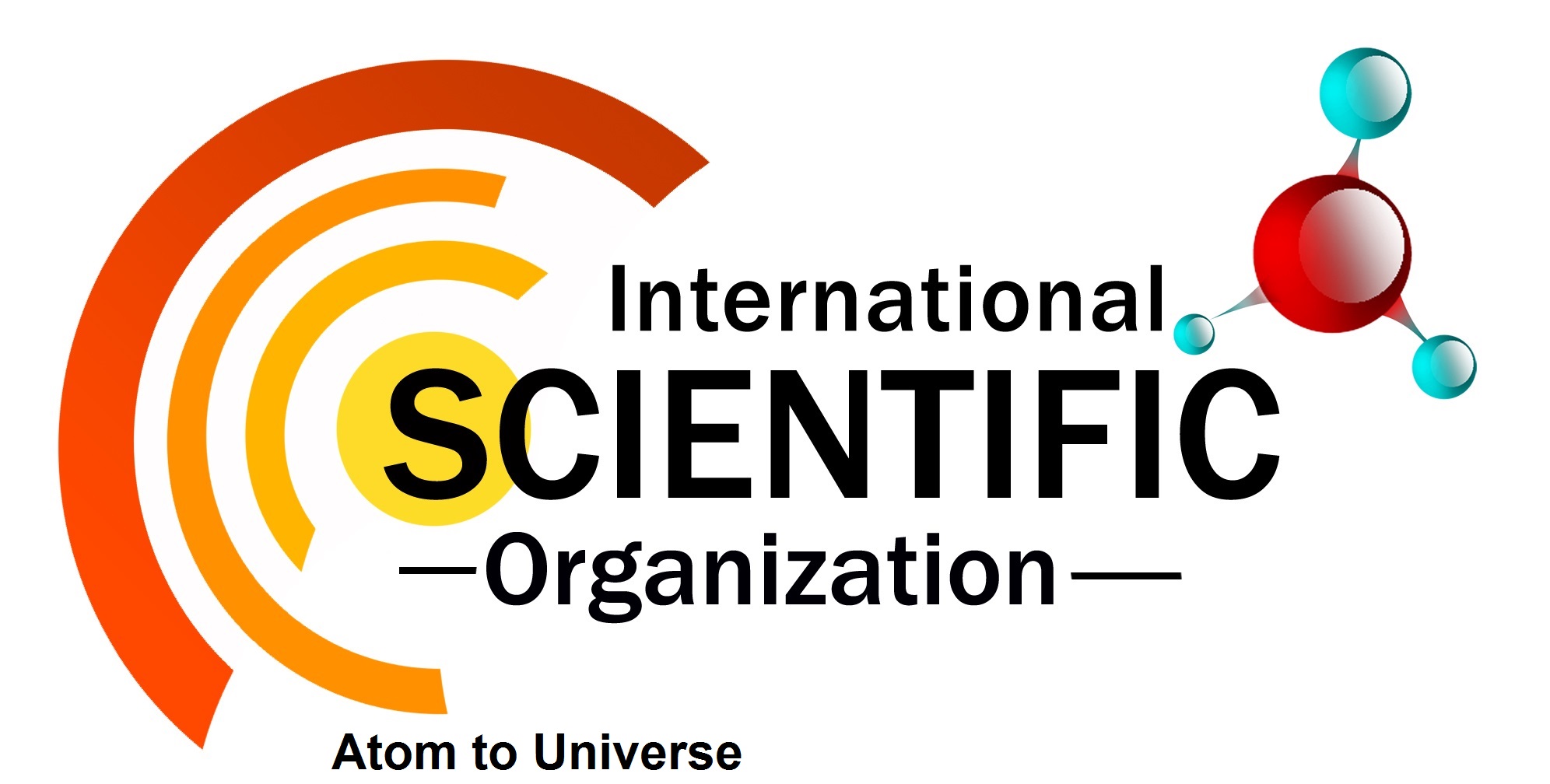International Journal of Chemical and Biochemical Sciences (ISSN 2226-9614)[/vc_column_text][/vc_column][/vc_row]
VOLUME 27(21) (2025)
Potential of Biomaterial as a Medical Fiber using Electrospinning Method: A Review
Agustina Setyaningsih 1*, Dyah Hesti Wardhani 1
1 Department of Chemical Engineering, Diponegoro University
Jl Prof H. Soedarto, SH, Tembalang, Semarang, Indonesia 50275
Abstract
With the growing demand for wound care worldwide, the quality of medical equipment continues to advance, driven by the increasing need for more effective and efficient treatment solutions. The rapid growth of the healthcare industry, coupled with technological advancements, has led to significant improvements in wound management techniques. However, despite these advancements, medical fibers remain the primary tools used by healthcare professionals for wound closure due to their versatility, biocompatibility, and effectiveness in promoting healing. One of the most promising techniques for fabricating medical fibers is electrospinning, a widely recognized method for producing ultrafine fibers from a broad range of starting materials, including synthetic and natural polymers. Among the various fiber production techniques available today, electrospinning stands out as a superior method due to its ability to generate fibers with diameters ranging from nanometers to microns. This process is not only efficient and relatively simple but also offers precise control over fiber morphology, porosity, and mechanical properties. Such characteristics make electrospun fibers highly suitable for biomedical applications, particularly in tissue engineering, drug delivery systems, and wound healing. In recent years, the use of natural polymers as biomaterials for electrospinning has gained significant attention, as they offer excellent biocompatibility, biodegradability, and minimal risk of adverse reactions. Polymers such as alginate, chitosan, gelatin, and glucomannan have been extensively studied for their potential in medical applications. Their inherent bioactive properties contribute to enhanced cell adhesion, proliferation, and overall wound healing efficiency. This paper aims to provide a comprehensive review of the latest advances in the potential of biomaterials as fibers—particularly focusing on their structural characteristics, functional modifications, and research developments. Additionally, the discussion will explore their applications in modern medicine and how their properties can be optimized to meet evolving medical needs.
Keywords: Biomaterial, fiber, medical field, alginate, chitosan, gelatin, electro spinning.
Full length article*Corresponding Author, e-mail:dhwardhani@che.undip.ac.id;agustinasetyan@gmail.com, Doi # https://doi.org/10.62877/5-IJCBS-25-27-21-5
International Scientific Organization- Atom to Universe
Journals
- International Scientific Organization
- International Journal of Chemical and Biochemical Sciences (IJCBS)
- Volume 27 (2025)
- Volume 26 (2024)
- Volume 25 (2024)
- Volume 24 (2023)
- Volume 23 (2023)
- Volume 22 (2022)
- Volume 21 (2022)
- Volume 20 (2021)
- Volume 19 (2021)
- Volume 18 (2020)
- Volume 17 (2020)
- Volume 16 (2019)
- Volume 15 (2019)
- Volume 10 (2016)
- Volume 14 (2018)
- Volume 13 (2018)
- Volume 12 (2017)
- Volume 11 (2017)
- Volume 9 (2016)
- Volume 8 (2015)
- Volume 7 (2015)
- Volume 6 (2014)
- Volume 5 (2014)
- Volume 4 (2013)
- Volume 3 (2013)
- Volume 2 (2012)
- Volume 1 (2012)
- Store
- Cart
- Account

